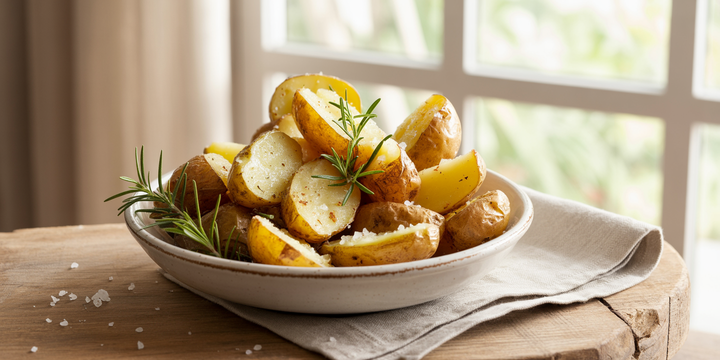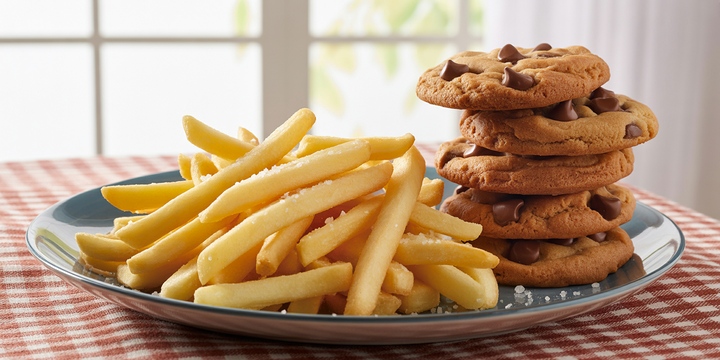
In our quest for healthy eating, we often overlook certain ingredients that can pose serious health risks. One such ingredient is acrylamide, a byproduct formed during the cooking of certain foods. This article will explore what acrylamide is, how it forms, and how you can minimize your exposure to it.
Key Takeaways
- Acrylamide is a byproduct formed when certain foods are cooked at high temperatures.
- It is classified as a probable carcinogen and can have harmful effects on the nervous system.
- Foods high in acrylamide include potato chips, French fries, and baked goods.
- Cooking methods and types of fats used can influence acrylamide formation.
- There are ways to reduce acrylamide intake and counteract its effects.
What Is Acrylamide?
How Acrylamide Forms
- High Heat: Cooking methods like frying, baking, or roasting at high temperatures.
- Sugars and Proteins: The presence of refined sugars and the amino acid asparagine.
- Chemical Reaction: The Maillard reaction occurs, leading to the formation of acrylamide.
Foods That Contain Acrylamide

- Corn Chips
- Potato Chips
- French Fries
- Baked Goods (like cookies and crackers)
- Breakfast Cereals
- Bread Crusts
- Roasted Coffee
The Risks of Acrylamide
- Increased cancer risk
- Damage to the nervous system
- Reproductive health issues
How to Reduce Acrylamide Intake
While it may be difficult to completely eliminate acrylamide from your diet, there are several strategies you can employ to reduce your exposure:
-
- Choose Cooking Methods Wisely: Opt for cooking methods that use lower temperatures, such as steaming or boiling, instead of frying or baking.
- Use Natural Sugars: When cooking, use natural sugars like honey or sugar cane instead of refined sugars, which are more likely to produce acrylamide.
- Incorporate Saturated Fats: Cooking with saturated fats like tallow or coconut oilcan help reduce acrylamide formation. These fats are more stable at high temperatures compared to seed oils.
- Slow Cooking: Slow cooking at lower temperatures can minimize acrylamide production. For example, slow-cooked meats are less likely to reach the high temperatures that trigger acrylamide formation.
- Focus on Whole Foods: Prioritize whole, unprocessed foods in your diet. These foods are less likely to contain acrylamide compared to processed options.
Pairing Foods to Counteract Acrylamide
- Cruciferous Vegetables: Broccoli, kale, and Brussels sprouts contain compounds that may help protect against acrylamide.
- Garlic: Known for its health benefits, garlic can also provide protective effects.
- Vitamin C-Rich Foods: Citrus fruits, bell peppers, and sauerkraut can help counteract the effects of acrylamide.
- Green Tea: This beverage is rich in antioxidants and may help protect against acrylamide.
- Spirulina: This blue-green algae is known for its health benefits and may also help reduce acrylamide toxicity.
The Coffee Connection
- Opt for Dark Roasts: Dark roasted or espresso coffee is heated to higher temperatures, which can destabilize acrylamide, reducing its presence. In fact, light-roasted coffee can contain up to 10 times more acrylamide than dark-roasted varieties.
